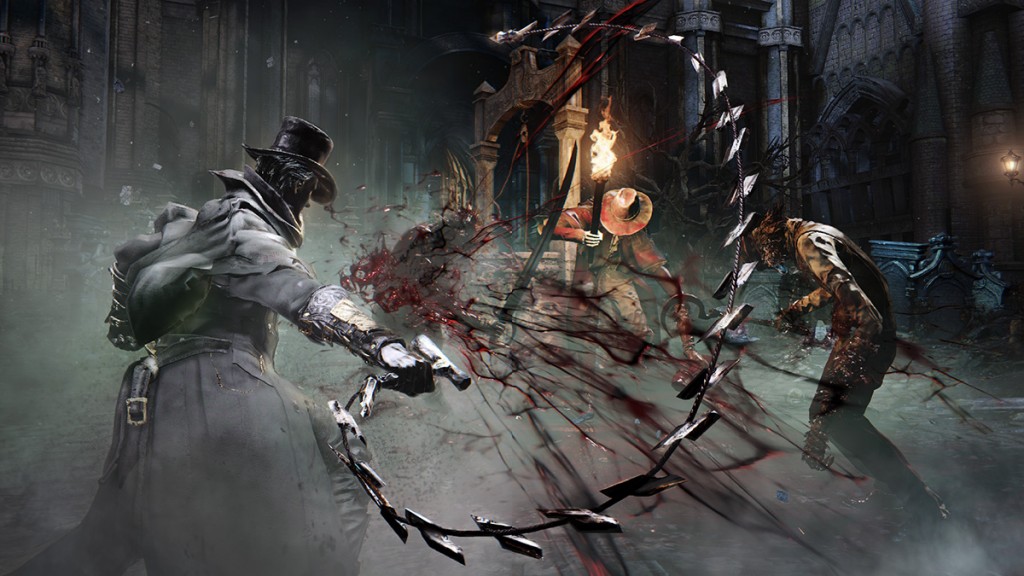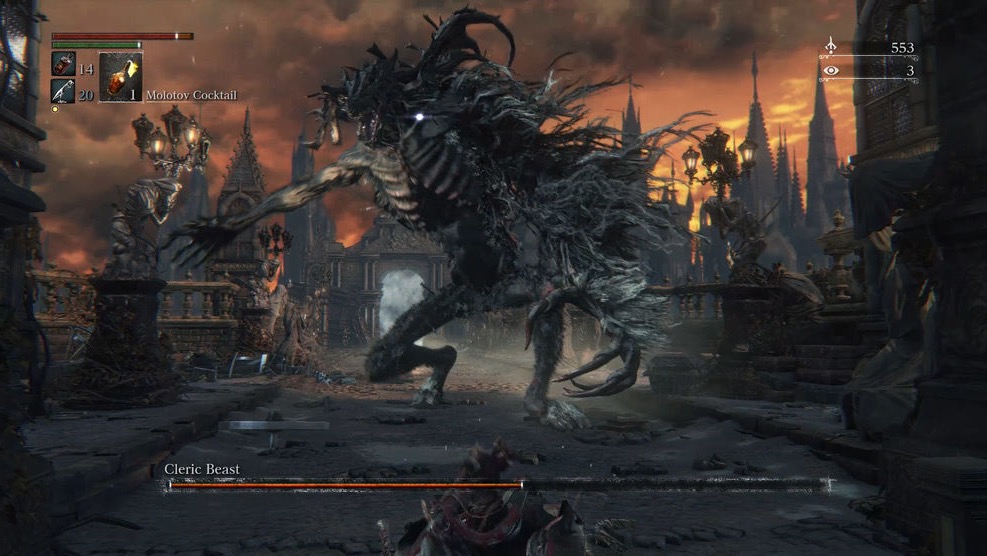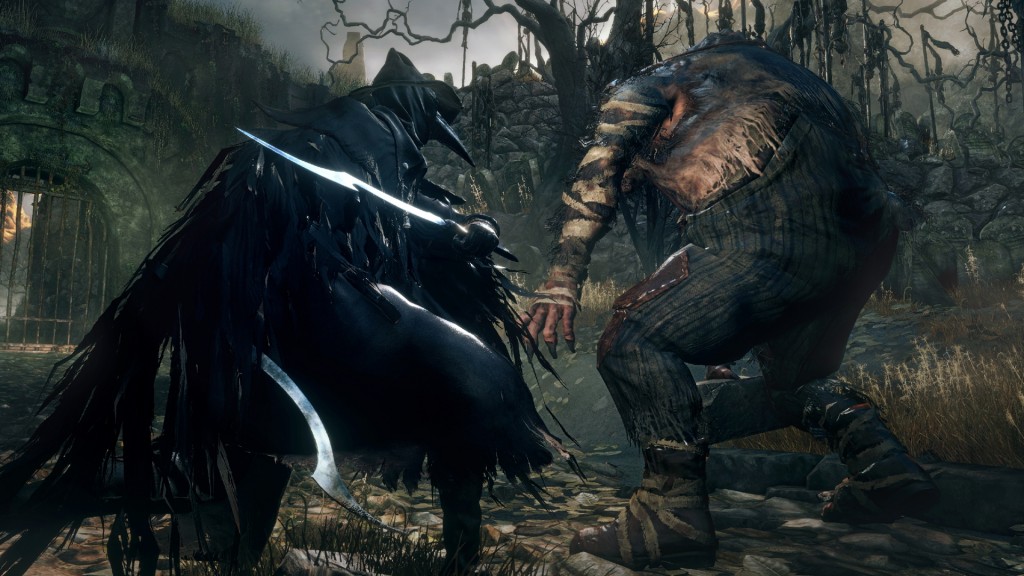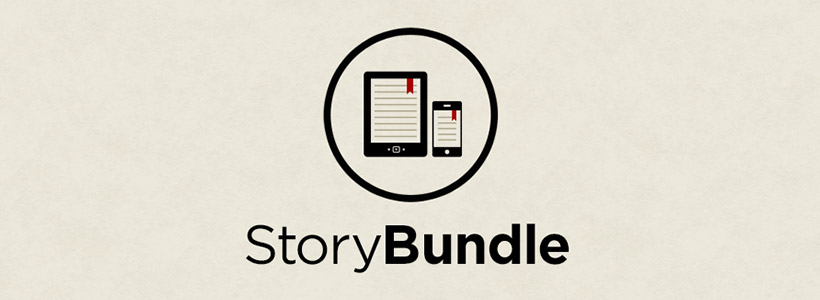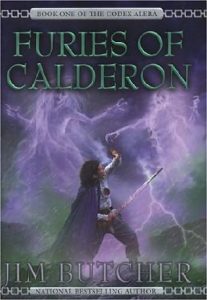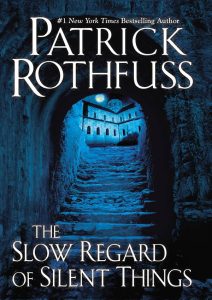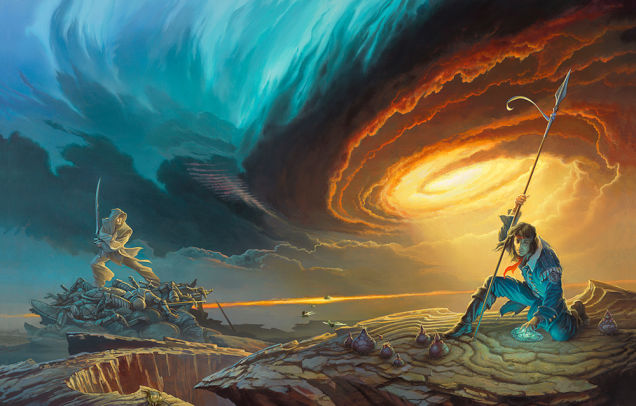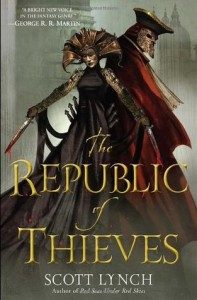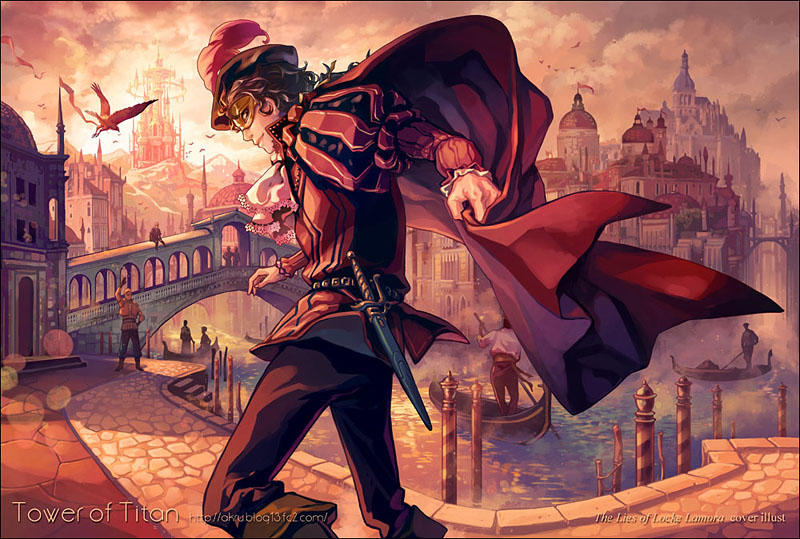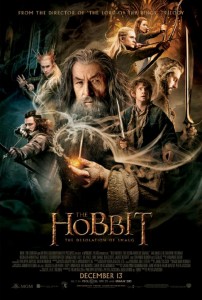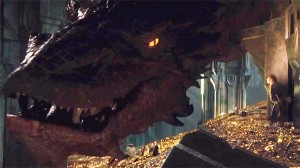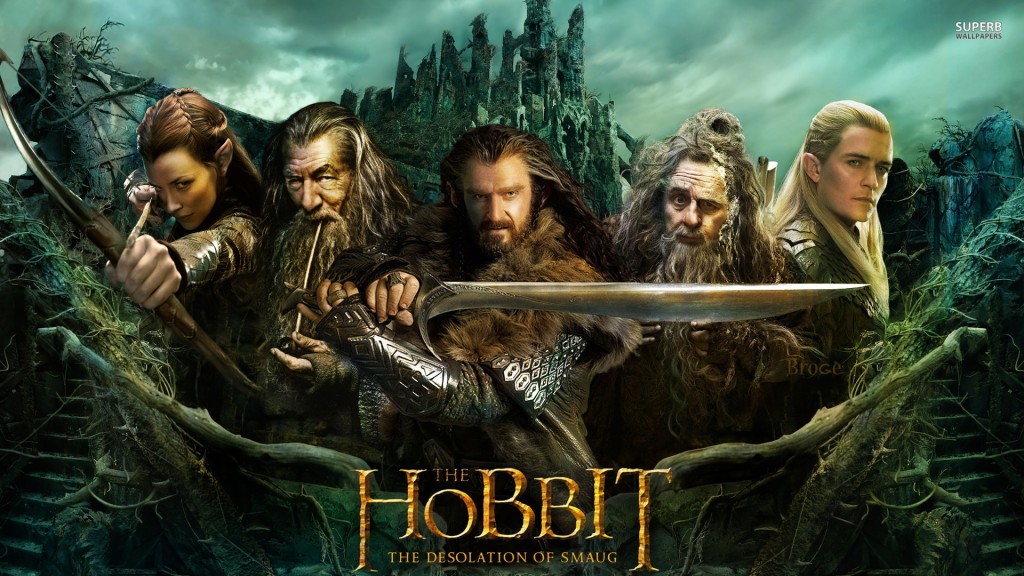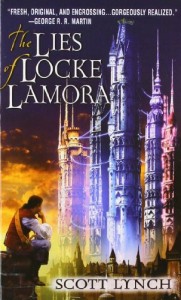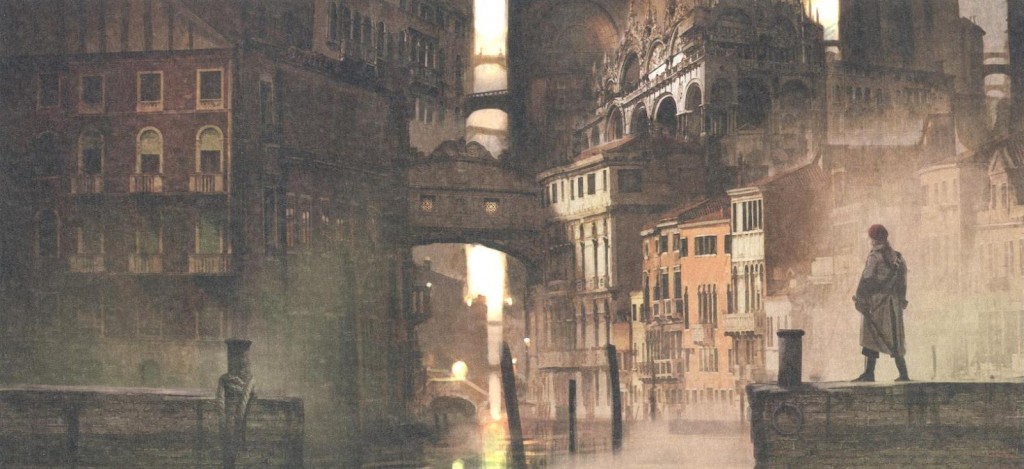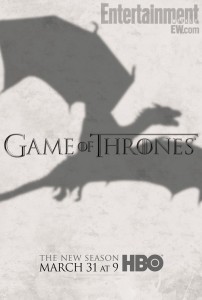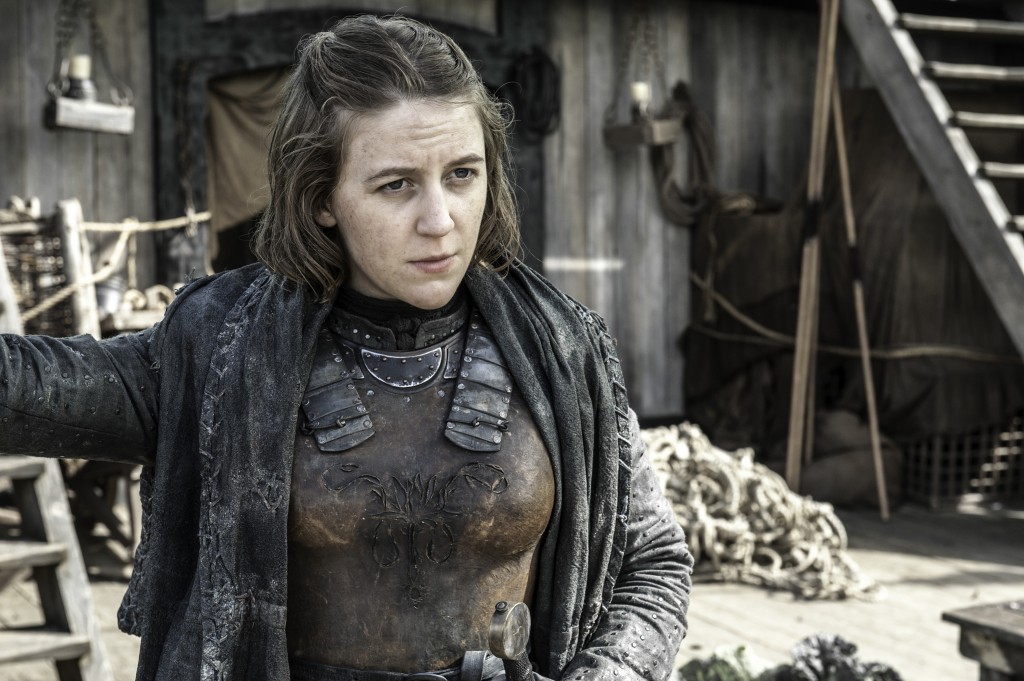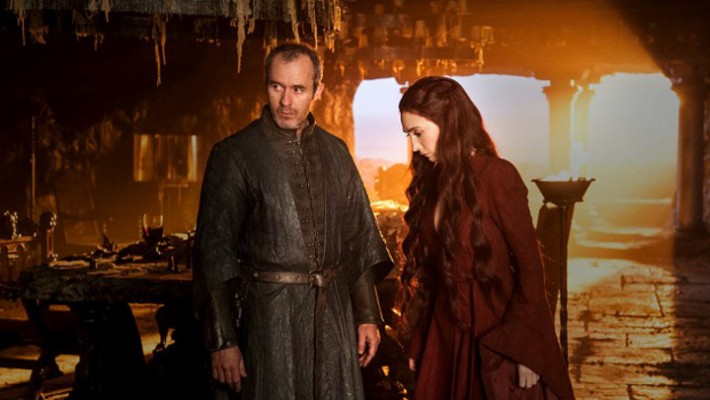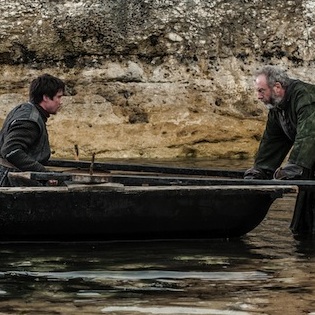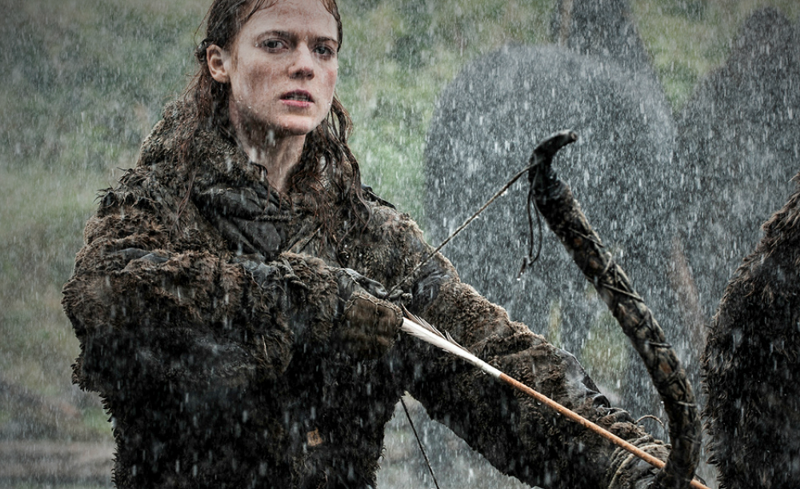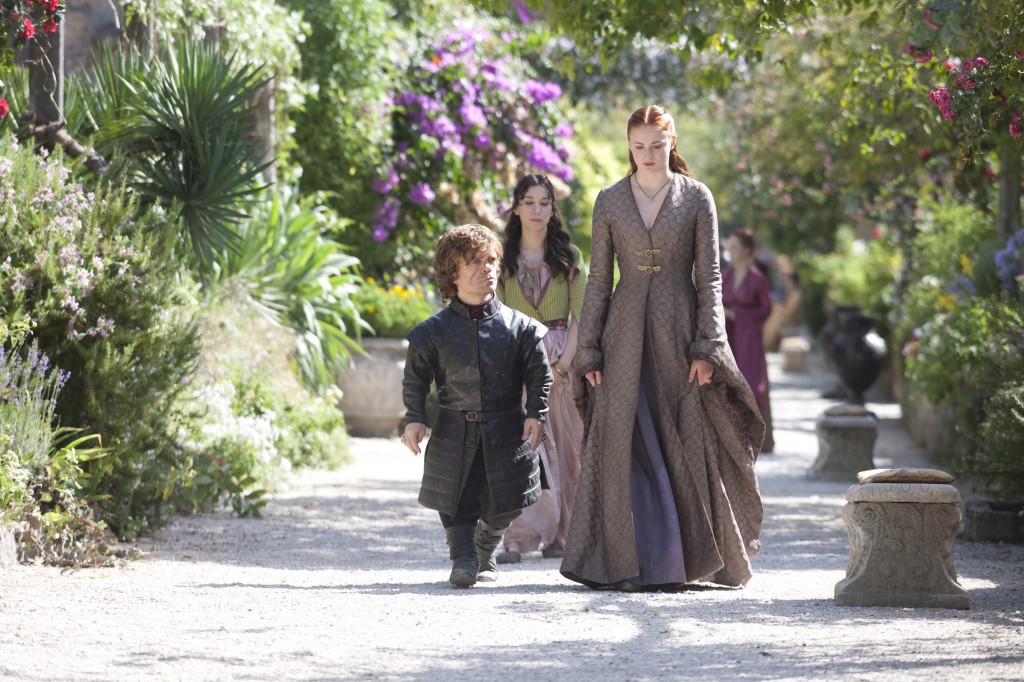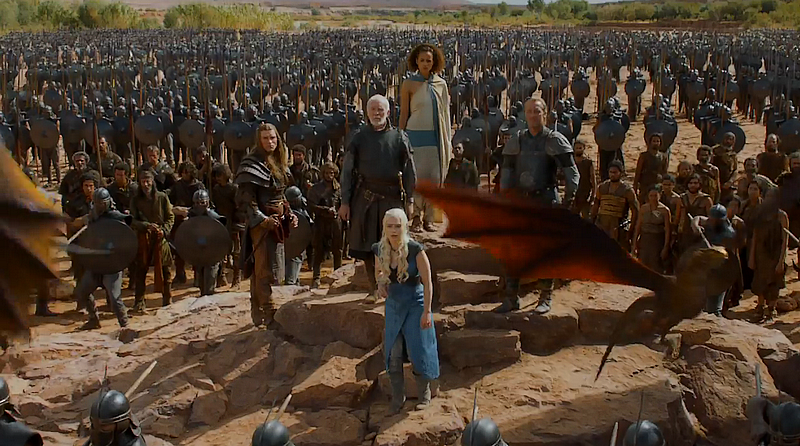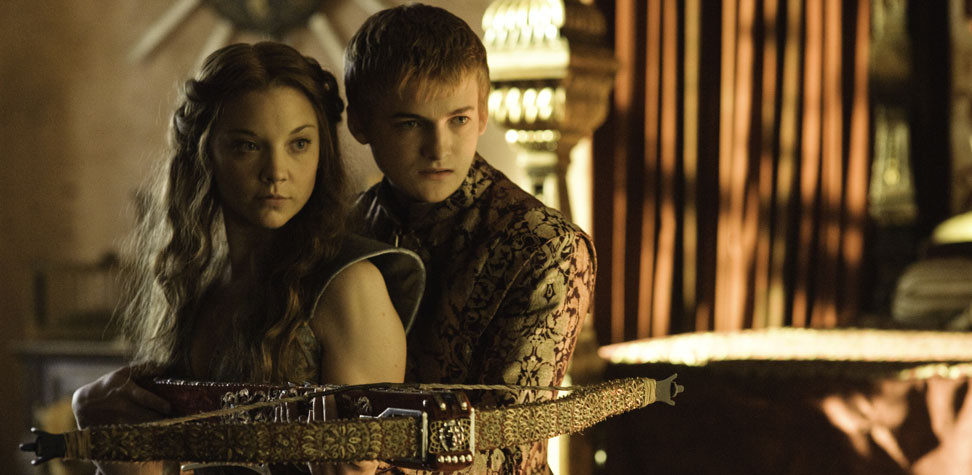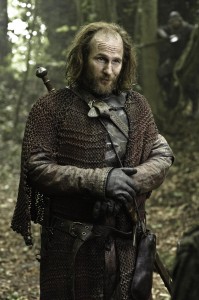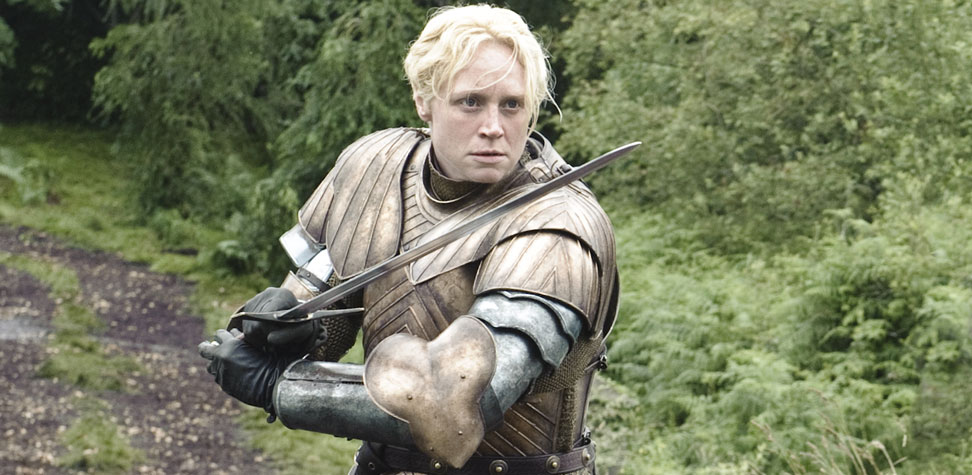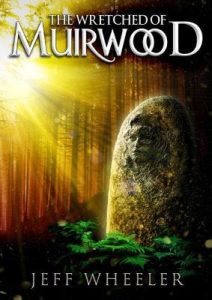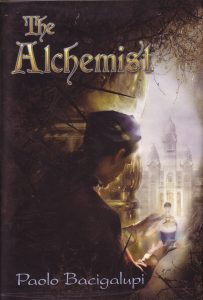Show: The Witcher
Genre: High Fantasy
Watched: Season 1 – December 23-25, 2019
Summary: Loved it, but I was prepared
It’s been a while since I wrote a TV review, but after binge watching the show, and given my love of Fantasy, The Witcher (both novels and games), and the general process of adaption, I pretty much had no choice.
This is a show written for fans and perhaps not for the uninitiated. It’s unabashedly High Fantasy and is (mostly) extremely faithful to both the source novels for plot and character and to Witcher III in terms of visuals. This last surprised me as the show (I believe) has no connection with the games other than that they draw on the same source material — but it really does (again mostly) look like them. It’s loosely adapted from the first two books, short story collections The Last Wish and Sword of Destiny with chunks of the novel Blood of Elves worked in. These are simultaneously both great material to work from and challenging to adapt, as the world and characters are sketched impressionistically via a series of short stories — and this “episodic” feel permeates this first TV season .
Essentially, season one is preamble, being the tale of this unique alternative history Slavic fantasy world and three (at first) disconnected characters: Geralt (the witcher), the sorceress Yennefer, and the princess Ciri. The trio inhabit parallel stories on a collision course — but not yet obviously connected.
And while I loved the show, it’s not without its issues, so let’s break down the parts:
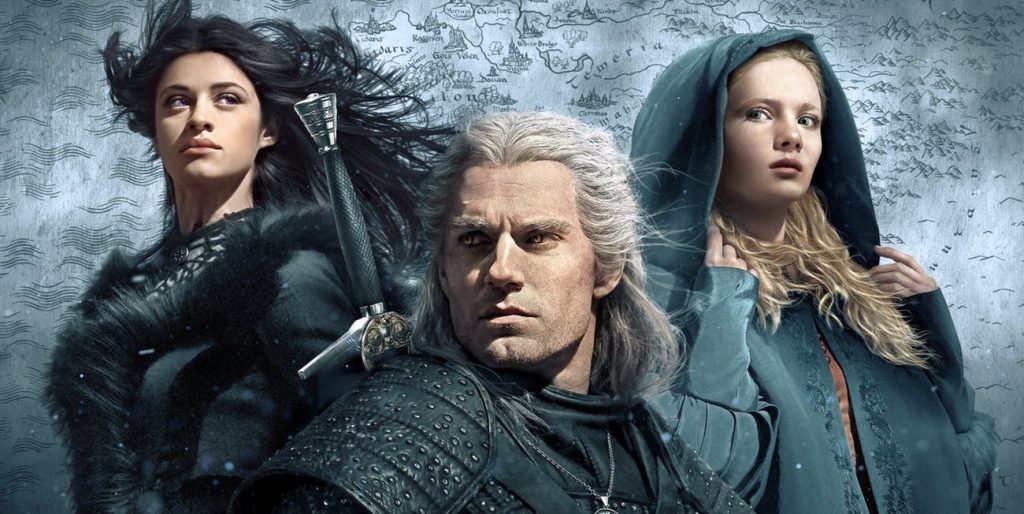 Characters and their actors:
Characters and their actors:
Henry Cavill nails Geralt of Rivia. I’m not a Man of Steel fan — although that was mostly the barfarific writing — but he really inhabits The Witcher. Sure, Geralt isn’t exactly the most emotionally available character in the history of fiction, but Cavill brings exactly the right confidence, ambiguity, and charisma to the bleak “hero.” His pale stringy hair and cat-like contacts give him this wide eyed stare — but it works — as does the gravely voice and the continual grunting. Geralt’s combat skills are superbly fluid and perfectly in line with the character.
Freya Allan is ghostly and intensely slavic as Ciri. Just the right kind of vulnerable and a distinctly elven quality. Also great. I heard there was some initial thought of switching up her “race” and I’m glad they didn’t.
Now the mages are one of those total modern melting pots of ethnicity and looking — but the conceit works well with them both because they presumably hail from around the world and because their appearances are sculpted as much by their own magics as by nature.
Compared to Geralt and Ciri, I was more mixed in my opinion of Anya Chalotra’s Yennefer. Early Yennefer is pretty good, and her transformation quite intense. But while post-transformation Yennefer looks the part, she doesn’t bring to it the level of forceful (and petulant) intensity that I have always considered to be a hallmark of the sorceress. Basically, she lacks some of the swagger that is essential to Yennefer.
Anna Shaffer’s Triss was very flat, not at all what I was looking for. But many other characters were solid, particularly Cahir, Tissaia, Mousesack, Eist, and others.
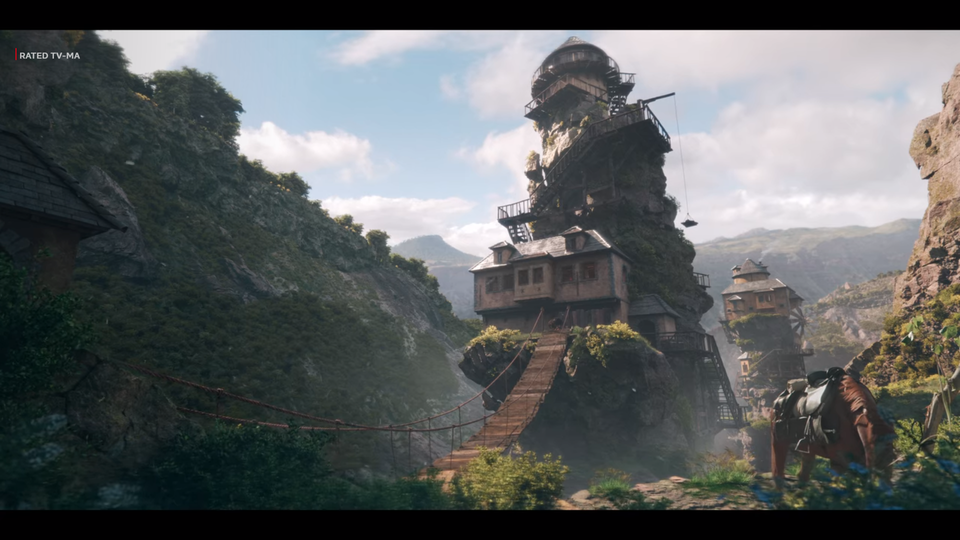
Visuals and setting:
Art direction was excellent. Maybe not quite as sweeping as the games, but very similar in style and often haunting. It brought the slavic setting starkly to life. Costuming is a bit varied, but so is the game. Sometimes gritty and medieval, sometimes colorful and a bit more Renaissance. Often the backgrounds were very desaturated. This was fine.
I was not bugged by the gratuitous nudity. This is at its heart an early 1990s fantasy series. It has elves and dwarves and nudity. That’s just part of its thing.
The spell fx could have been better at times. Sometimes they were good, but sometimes a touch offscreen or fake. This is a world (and a show) with a lot of direct magic. It’s not like Game of Thrones where the magic is “subtle” like Melisandre’s. No, this has mages hurling bolts of energy and opening up portals and all that. They handled it ok, but the magic could have benefited from looking even “more expensive” and dramatic.
The creatures on the other hand looked great, as did the settings generally.
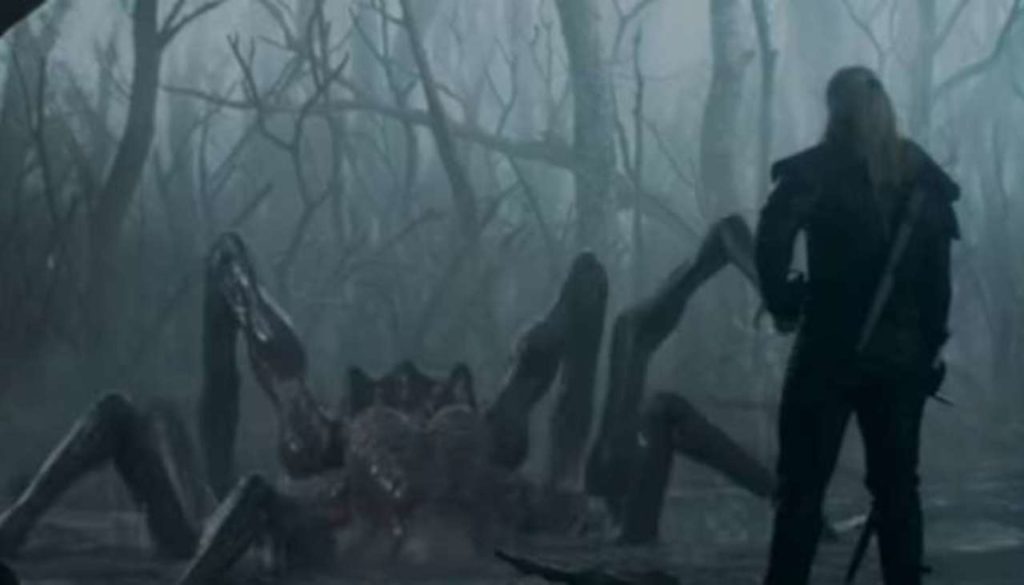 Music and sound:
Music and sound:
First rate. Particularly the sound track. I loved the video game sound trackers, and this one is good as well — similar in its exotic quality.
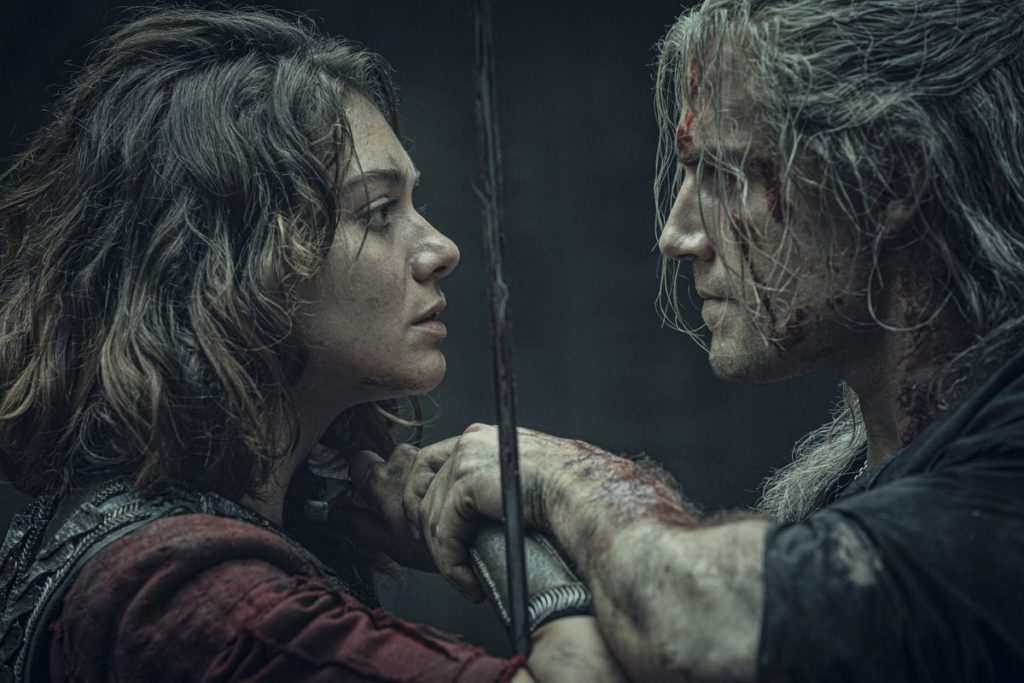 Writing:
Writing:
Writing was generally good, but I had two problems. Sometimes the dialog seems overly modern, particularly some comic characters like Dandelion (returning to his Polish name Jaskier in the show). And the patching together of the short story based material periodically led to jarring transitions and some tonal shifts. The show maintains the grim pathos, high fantasy, and snatches of humor characteristic of The Witcher. All of these tones being there in the source material, but I wonder about the ability of new viewers to follow the multiple interwoven time frames — which taking a page from Westworld offer only minimals clues for distinguishing the period — particularly given that many important characters in this show do not age significantly (Geralt and the mages). It’s also a show that like its source material throws about the complex “noun soup” of a complex fantasy world and its moderately complex politics. Part of the enjoyment for a fantasy or SciFi reader — and a part not appreciated by people who aren’t steeped in these genres — is the joy of trying to piece together the rules and details of the world without too much handholding. And The Witcher show is fairly true to these roots.
So, given that I’ve read the books and played the games and “get” the world of The Witcher, it’s hard for me know how a new viewer would experience the show. My wife — having neither read nor played — did watch with me, and she enjoyed the show as well, but she also likes fantasy and was peppering me with questions. So if you’ve seen the show, and particularly if you are new to the franchise, feel free to tell me your experience in the comments.
So overall, despite some cheese and some flaws, I really enjoyed the show and am deep in that cathartic sadness that follows the end of a good season. Fortunately it’s already been renewed. I know the professional critics hated the show and the fans loved it. And I think that’s because unlike Game of Thrones, which is a bit of a crossover gateway drug into fantasy, The Witcher (and I speak of the franchise overall) is something rarely done at all, and even more rarely done well on TV: an unabashed masterpiece of genre fantasy — and that’s all right because I love genre fantasy.
For my thoughts on Witcher III (it rulez), click here.
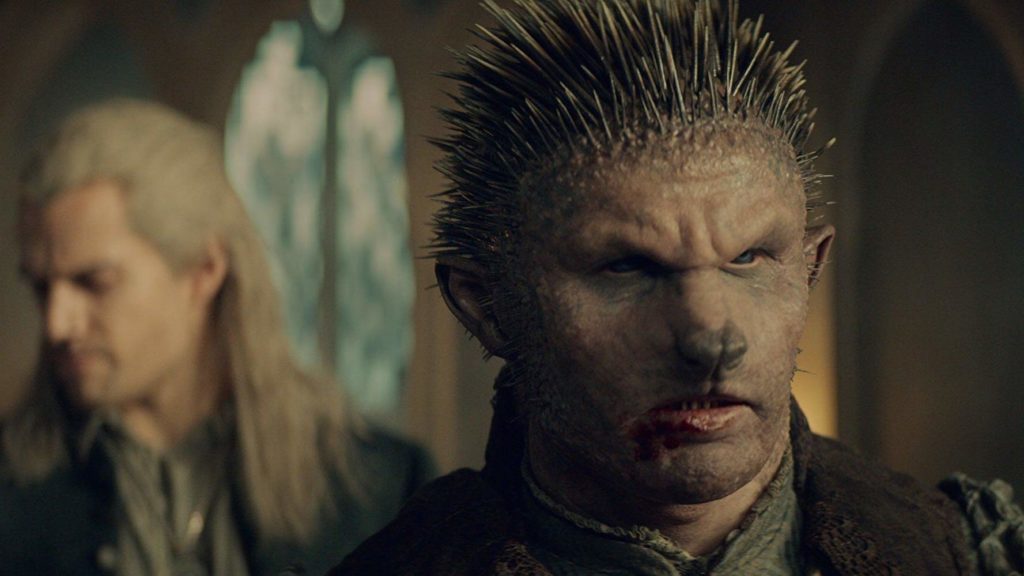
Yep, there are even knights cursed to be hedgehogs

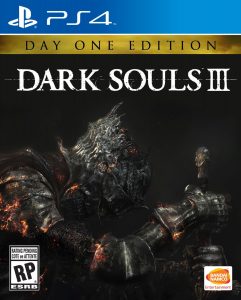
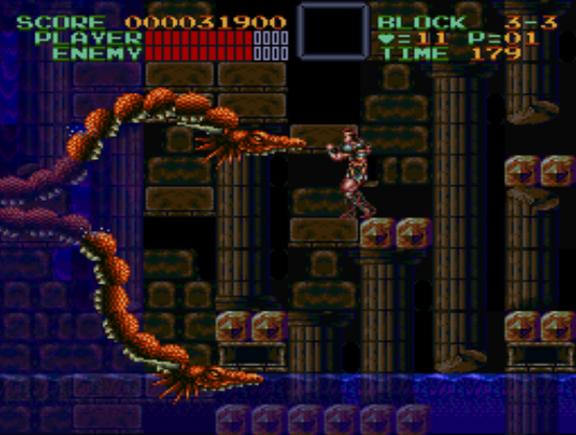
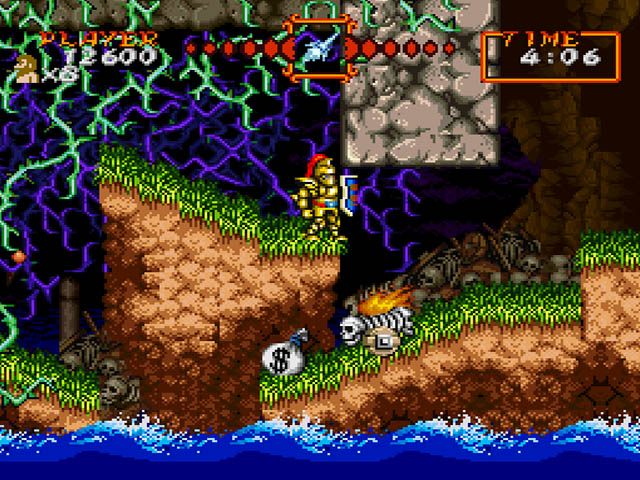
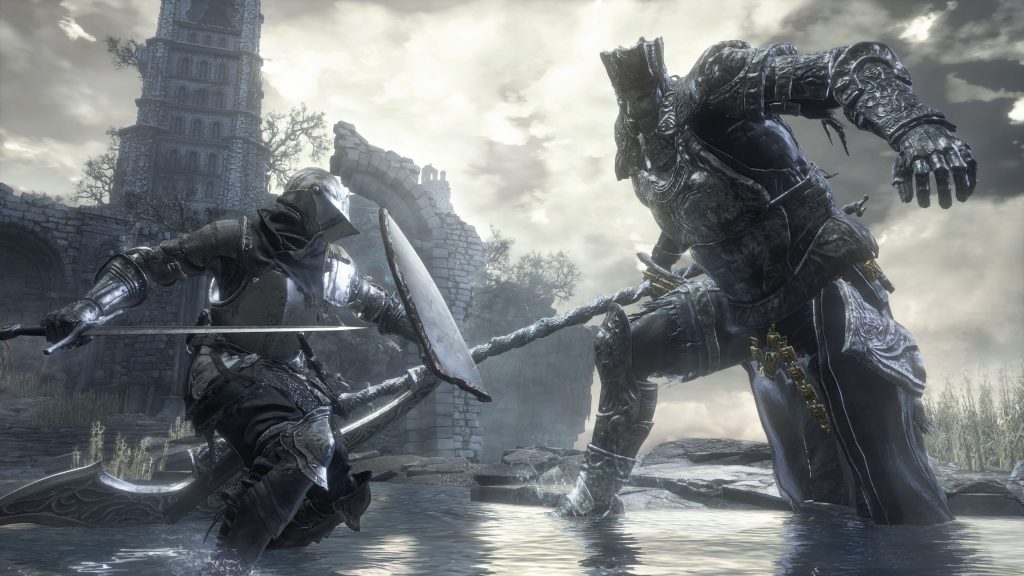 Graphics. Like BB, DS3 is a gorgeous stylized game. The art design is magnificent in its bleakly weird way. Giant vistas abound and strange unique shapes and distorted silhouettes. And although the engine (used by both games) seems perfectly competent, the art direction is more important than the tech. You just have to like dark and weird. Creatures with flowing forms, hidden eyes, and faces, weird mutations, and a generally ruined, graveyard, gothic sort of look. I’d give a slight nod to BB for uniform of graphical style and theme but a slight nod to DS3 for scale and awesome visual scope.
Graphics. Like BB, DS3 is a gorgeous stylized game. The art design is magnificent in its bleakly weird way. Giant vistas abound and strange unique shapes and distorted silhouettes. And although the engine (used by both games) seems perfectly competent, the art direction is more important than the tech. You just have to like dark and weird. Creatures with flowing forms, hidden eyes, and faces, weird mutations, and a generally ruined, graveyard, gothic sort of look. I’d give a slight nod to BB for uniform of graphical style and theme but a slight nod to DS3 for scale and awesome visual scope.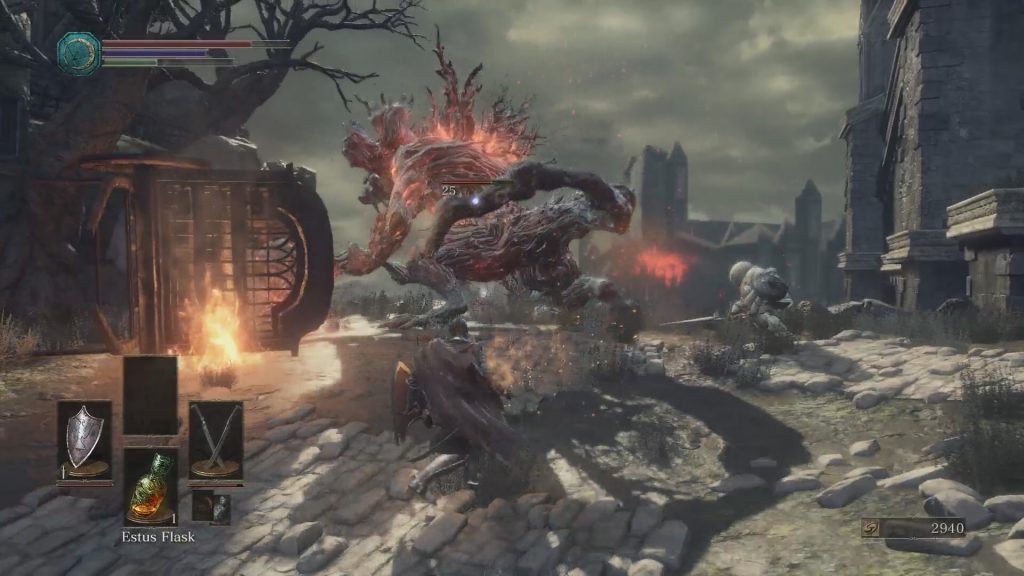 Gameplay. The broad strokes of the two games are nearly identical. You explore a interlinked world where levels fold back on each other. Monsters and death abounds. You fight through and die. And die. And die again. Eventually you may reach continue points (bonefires/lamps) or open up shortcuts that allow you to circumvent areas already explored. Item collection is persistent across death but experience (souls/blood) is lost on death, with a single chance at reclaiming it by fighting through to wherever you lost it. Souls/blood both serve has currency for leveling and item purchase. Weapons can be upgraded and fit with stones/gems.
Gameplay. The broad strokes of the two games are nearly identical. You explore a interlinked world where levels fold back on each other. Monsters and death abounds. You fight through and die. And die. And die again. Eventually you may reach continue points (bonefires/lamps) or open up shortcuts that allow you to circumvent areas already explored. Item collection is persistent across death but experience (souls/blood) is lost on death, with a single chance at reclaiming it by fighting through to wherever you lost it. Souls/blood both serve has currency for leveling and item purchase. Weapons can be upgraded and fit with stones/gems.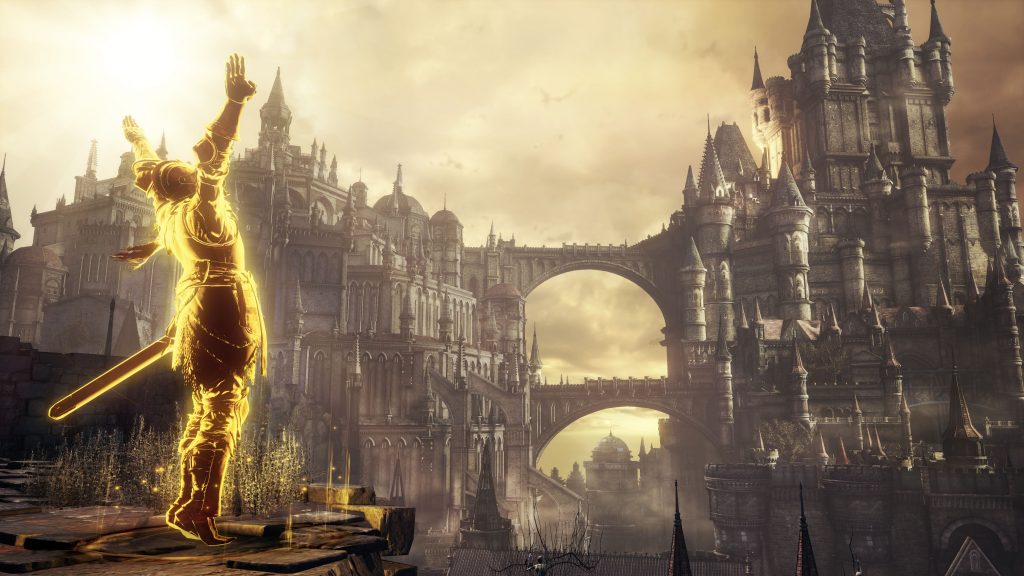 Story. Both games offer minimal and extremely mysterious story. Yet BB actually has boss intro scenes, substantially more cinematics, and even a few vignettes with multiple characters talking. That’s not to say that this fleshes out a single character, or offers even the slightest clarity as to their motivations, just that you see them introduced and they therefore have more “personality.” Definitely I liked this in BB. And the weirdness all fit together more weirdly, lending to a sense of more odd and mysterious goings on. Yet DS3‘s plot is even “grander” and more unknowable. Perhaps mostly because nothing makes any sense at all. Listen to the above intro trailer to get a taste. That’s not to say that lines like “The fire fades. And the Lords go without thrones” or “And so it is that ash seeketh embers” don’t give me goosebumps — no, I love them — but they don’t exactly make a lot of sense. Except perhaps if you have eyes growing inside your skull. Anyway, slight nod to BB for “plot” and “character” — if you can call it that.
Story. Both games offer minimal and extremely mysterious story. Yet BB actually has boss intro scenes, substantially more cinematics, and even a few vignettes with multiple characters talking. That’s not to say that this fleshes out a single character, or offers even the slightest clarity as to their motivations, just that you see them introduced and they therefore have more “personality.” Definitely I liked this in BB. And the weirdness all fit together more weirdly, lending to a sense of more odd and mysterious goings on. Yet DS3‘s plot is even “grander” and more unknowable. Perhaps mostly because nothing makes any sense at all. Listen to the above intro trailer to get a taste. That’s not to say that lines like “The fire fades. And the Lords go without thrones” or “And so it is that ash seeketh embers” don’t give me goosebumps — no, I love them — but they don’t exactly make a lot of sense. Except perhaps if you have eyes growing inside your skull. Anyway, slight nod to BB for “plot” and “character” — if you can call it that.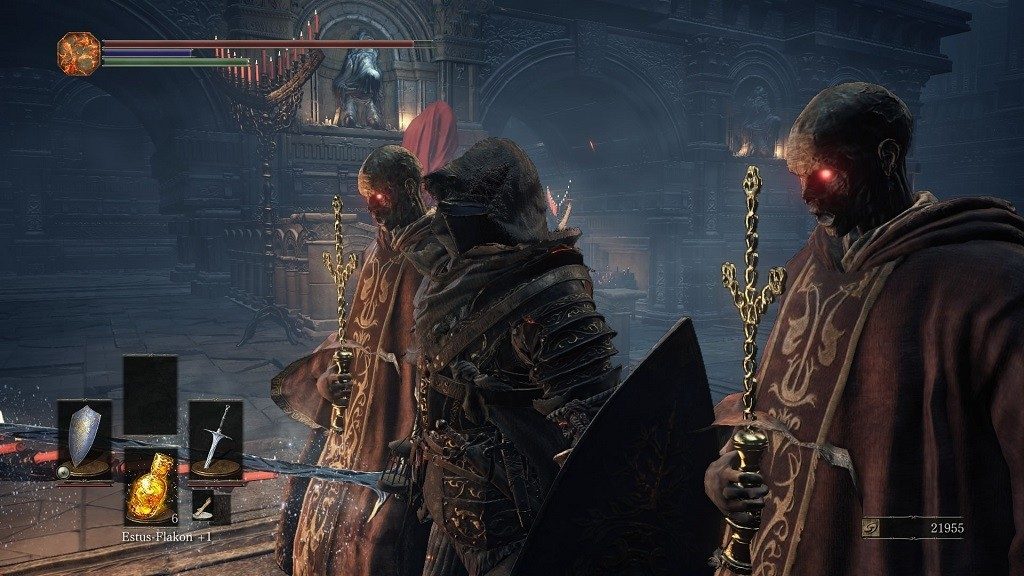 Gear. DS3 has a LOT more gear to collect than BB, but the emphasis is quite different. BB‘s armor is mostly leather or cloth and mostly cosmetic. Some have particular resists, but that’s about it. The weapons in that game are relatively few, but highly differentiated. There are two main types: trick weapon and firearm. In DS3 there is an enormous variety of both weapons and armor with four main weapon types: melee, talisman (for spell casting), bow, and shield. Supposedly all of the weapons are viable, but they aren’t necessarily highly differentiated as there are many similar ones. The armor tends to group into light, medium, and heavy. Unlike BB, weight is a meaningful factor in DS3. I personally went with fairly heavy armor, but it was unclear that the poise attribute (which is supposed to all for heavier armor to prevent you being staggered) was fully functional, or at least worth investing in. The weapons system does suffer from a touch of imbalance. Early on I got a Deep Axe which was fairly powerful, but not very upgradable. It took me a good while to find a weapon and upgrade it to a level where it surpassed this early stage find. It’s hard to know which gear to invest in. DS3 also has MUCH better boss gear rewards. Each boss gives you a soul which can be traded for a choice of two high power items, usually weapons. In DS3, there are a plethora of rings (you can wear 4 at once) that add additional powers. In BB these are replaced by runes (you can wear 3). They are fairly similar but the DS3 system is better in all ways. And overall, I’d give DS3 the win for gear, as it has more stuff and particularly more types of stuff with the shields and whatnot.
Gear. DS3 has a LOT more gear to collect than BB, but the emphasis is quite different. BB‘s armor is mostly leather or cloth and mostly cosmetic. Some have particular resists, but that’s about it. The weapons in that game are relatively few, but highly differentiated. There are two main types: trick weapon and firearm. In DS3 there is an enormous variety of both weapons and armor with four main weapon types: melee, talisman (for spell casting), bow, and shield. Supposedly all of the weapons are viable, but they aren’t necessarily highly differentiated as there are many similar ones. The armor tends to group into light, medium, and heavy. Unlike BB, weight is a meaningful factor in DS3. I personally went with fairly heavy armor, but it was unclear that the poise attribute (which is supposed to all for heavier armor to prevent you being staggered) was fully functional, or at least worth investing in. The weapons system does suffer from a touch of imbalance. Early on I got a Deep Axe which was fairly powerful, but not very upgradable. It took me a good while to find a weapon and upgrade it to a level where it surpassed this early stage find. It’s hard to know which gear to invest in. DS3 also has MUCH better boss gear rewards. Each boss gives you a soul which can be traded for a choice of two high power items, usually weapons. In DS3, there are a plethora of rings (you can wear 4 at once) that add additional powers. In BB these are replaced by runes (you can wear 3). They are fairly similar but the DS3 system is better in all ways. And overall, I’d give DS3 the win for gear, as it has more stuff and particularly more types of stuff with the shields and whatnot.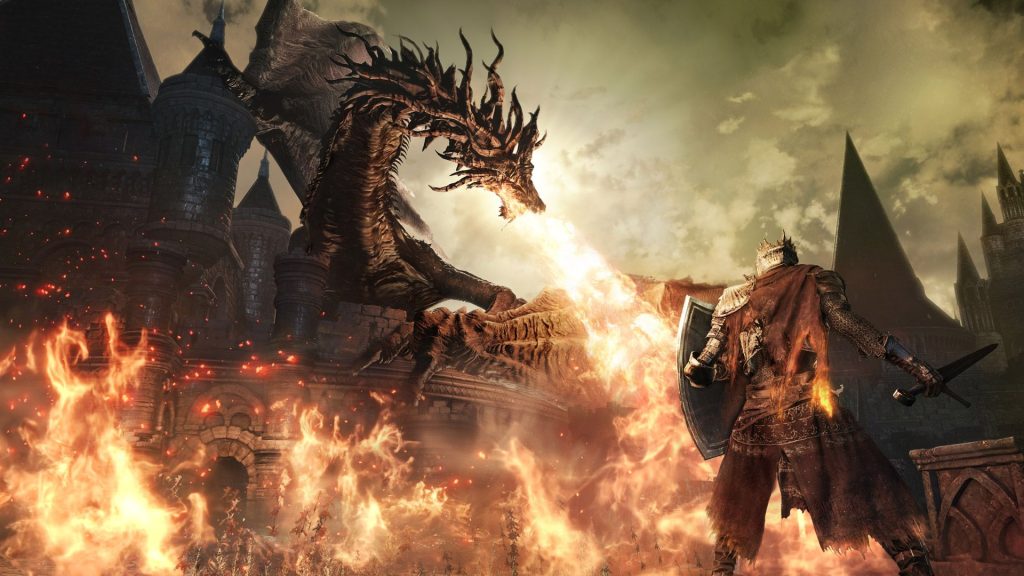 Other collectables and upgrades. In my opinion, as far as RPGs go, the more you can upgrade the better. DS3 allows you to upgrade both the number of flasks and their potency, which BB doesn’t do at all, so this is a big point in DS3‘s favor. It also has more random items and consumables. However, they generally seemed less useful than those in BB. Maybe this is due to BB’s slightly higher overall difficulty level (or just the fact that I got better at this sort of game between). There are lots of spells and whatnot which I didn’t experiment with. DS3 has the whole “ember” system by which you can spend this limited but reasonably available currency to gain max health until you die. I mostly used it for bosses. You need it for multiplayer. There is also the whole hollowing thing, which even as the Lord of Hollows I didn’t totally understand. Somehow dying hollows you out more, and you have less multiplayer ability when hollowed. This is a change from the much more brutal hollowing of Dark Souls where the game just got harder the more often you died.
Other collectables and upgrades. In my opinion, as far as RPGs go, the more you can upgrade the better. DS3 allows you to upgrade both the number of flasks and their potency, which BB doesn’t do at all, so this is a big point in DS3‘s favor. It also has more random items and consumables. However, they generally seemed less useful than those in BB. Maybe this is due to BB’s slightly higher overall difficulty level (or just the fact that I got better at this sort of game between). There are lots of spells and whatnot which I didn’t experiment with. DS3 has the whole “ember” system by which you can spend this limited but reasonably available currency to gain max health until you die. I mostly used it for bosses. You need it for multiplayer. There is also the whole hollowing thing, which even as the Lord of Hollows I didn’t totally understand. Somehow dying hollows you out more, and you have less multiplayer ability when hollowed. This is a change from the much more brutal hollowing of Dark Souls where the game just got harder the more often you died.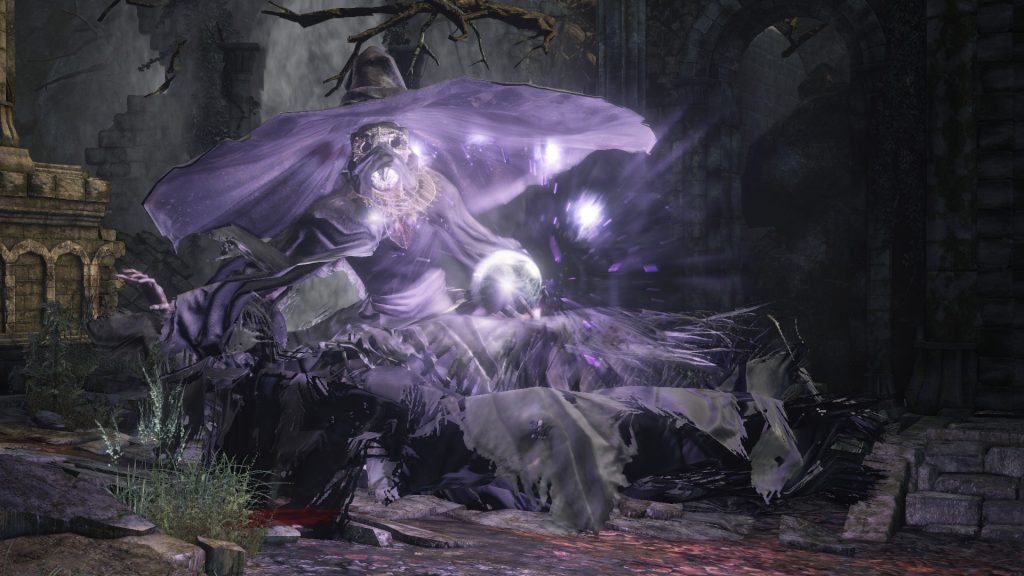 Classes and leveling Mechanics. Being an RPG, both of these games have means by which you level up and improve your characters. These are extremely similar but differ in subtle ways. BB has two currencies, blood and insight. Insight is earned mostly from bosses. Often you can buy the same things with both. Insight subtly changes the game’s look and play, which is very weird but cool. DS3 really just has the souls, which are almost exactly like blood. In both cases, you collect them like XP and can spend them for gear or to level up your character. Their persistence is similar in both games in that you lose them on dying, and have a single life afterward to try to retrieve them from the spot (in DS3) or spot/monster (in BB) where you lost them. This means that if you die with a decent number of points you really need to focus on retrieving them conservatively. If you get cocky during one of these missions you will often lose the batch and end up howling at the TV.
Classes and leveling Mechanics. Being an RPG, both of these games have means by which you level up and improve your characters. These are extremely similar but differ in subtle ways. BB has two currencies, blood and insight. Insight is earned mostly from bosses. Often you can buy the same things with both. Insight subtly changes the game’s look and play, which is very weird but cool. DS3 really just has the souls, which are almost exactly like blood. In both cases, you collect them like XP and can spend them for gear or to level up your character. Their persistence is similar in both games in that you lose them on dying, and have a single life afterward to try to retrieve them from the spot (in DS3) or spot/monster (in BB) where you lost them. This means that if you die with a decent number of points you really need to focus on retrieving them conservatively. If you get cocky during one of these missions you will often lose the batch and end up howling at the TV.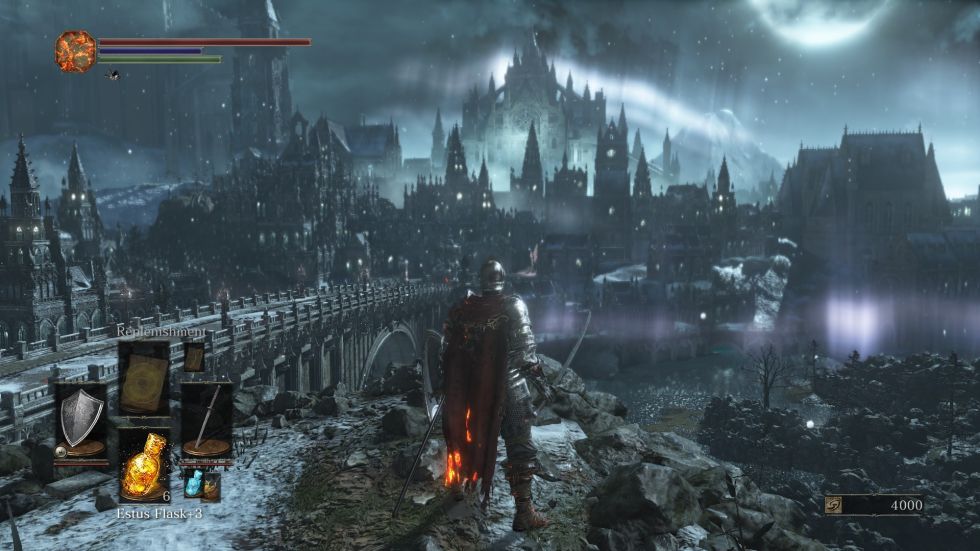 Level Design. DS3 has more levels, and somewhat larger than BB (particularly if you exclude the DLC). The levels are fabulous in both, but quality goes to DS3.
Level Design. DS3 has more levels, and somewhat larger than BB (particularly if you exclude the DLC). The levels are fabulous in both, but quality goes to DS3.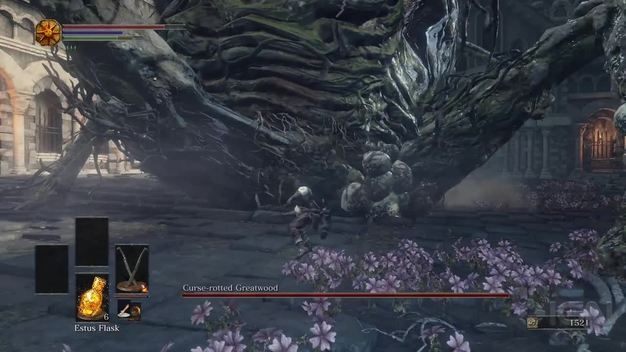
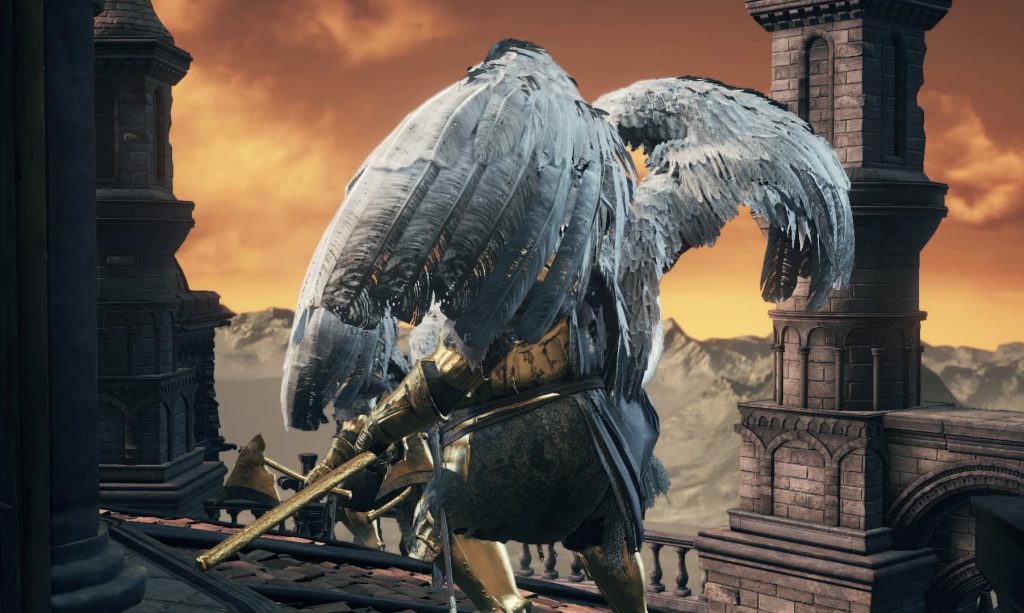 Balance. The sort of vague mysterious quality to both games makes for a somewhat diffuse balance. But that being said, the gameplay itself is intense and spectacular. Even though the bosses are huge and terrifying, or maybe because of it, I tend to prefer the levels. These are just awesome sauce and I also like the high level of challenge and the collecting and “upgrading.” These are just very satisfying games if you invest the time. BB felt a little tighter and more focused, but the increased scope of DS3 is fabulous too.
Balance. The sort of vague mysterious quality to both games makes for a somewhat diffuse balance. But that being said, the gameplay itself is intense and spectacular. Even though the bosses are huge and terrifying, or maybe because of it, I tend to prefer the levels. These are just awesome sauce and I also like the high level of challenge and the collecting and “upgrading.” These are just very satisfying games if you invest the time. BB felt a little tighter and more focused, but the increased scope of DS3 is fabulous too.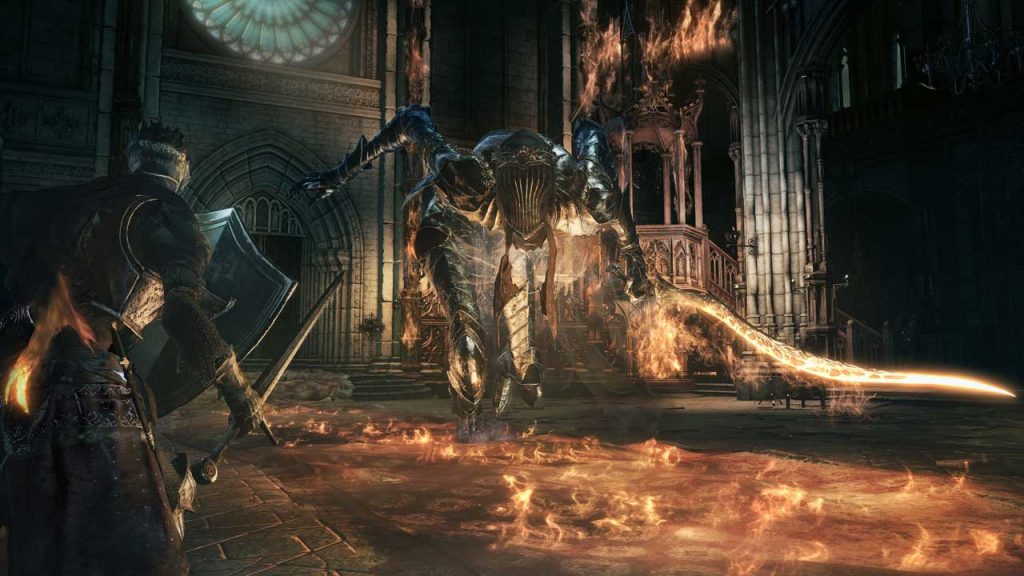 Overall, these are just some of my favorite games in recent years — true masterpieces. If you don’t mind your games hard (very very hard), and you like fantasy combat and aren’t easily creeped out, you must play them.
Overall, these are just some of my favorite games in recent years — true masterpieces. If you don’t mind your games hard (very very hard), and you like fantasy combat and aren’t easily creeped out, you must play them.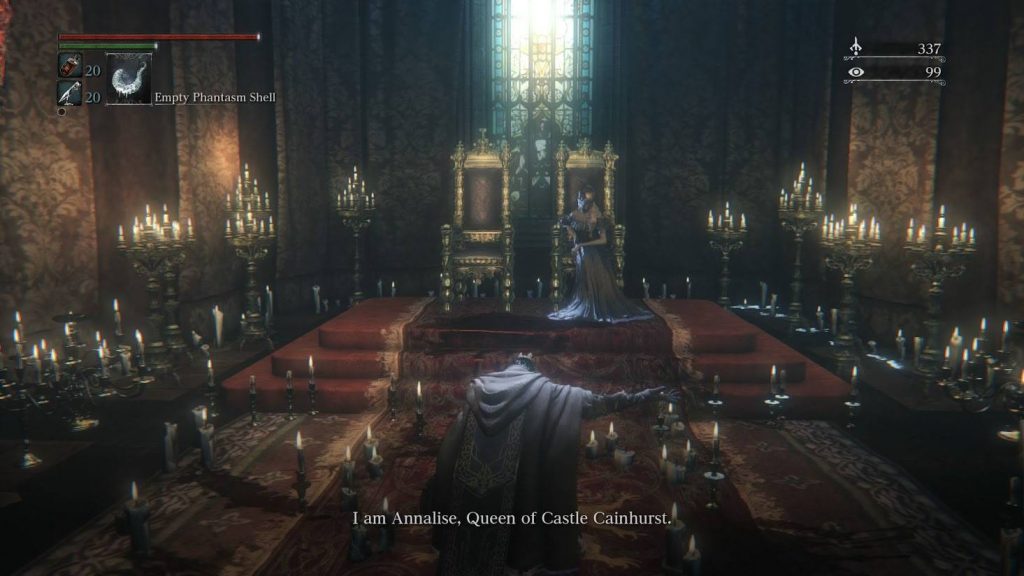
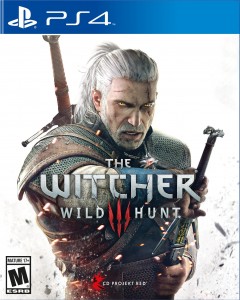
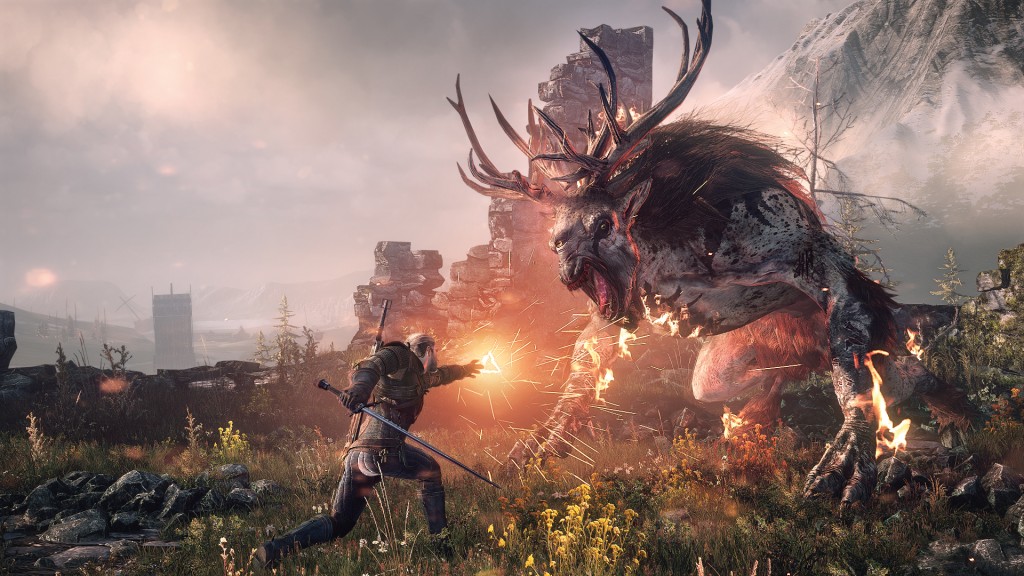
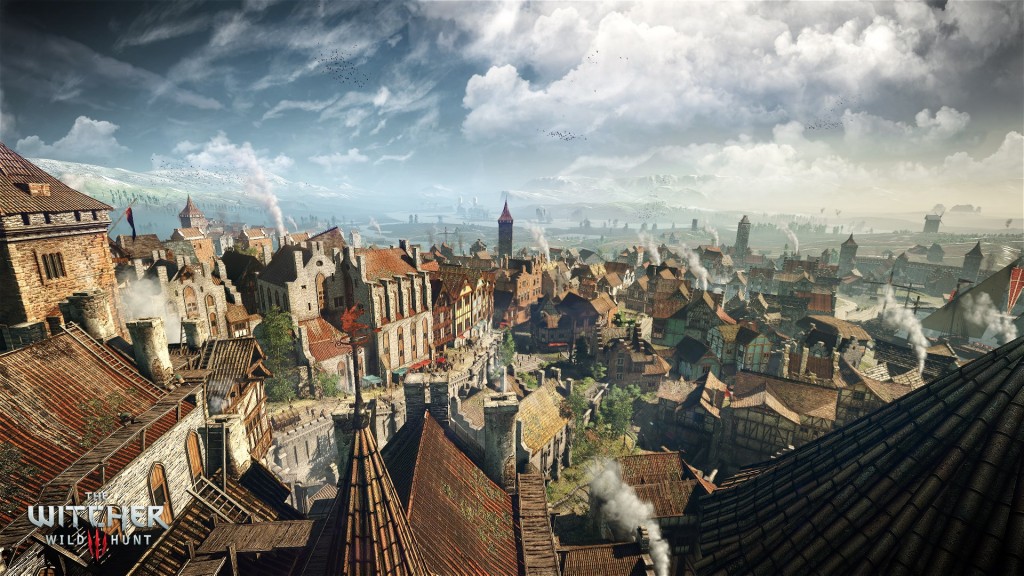
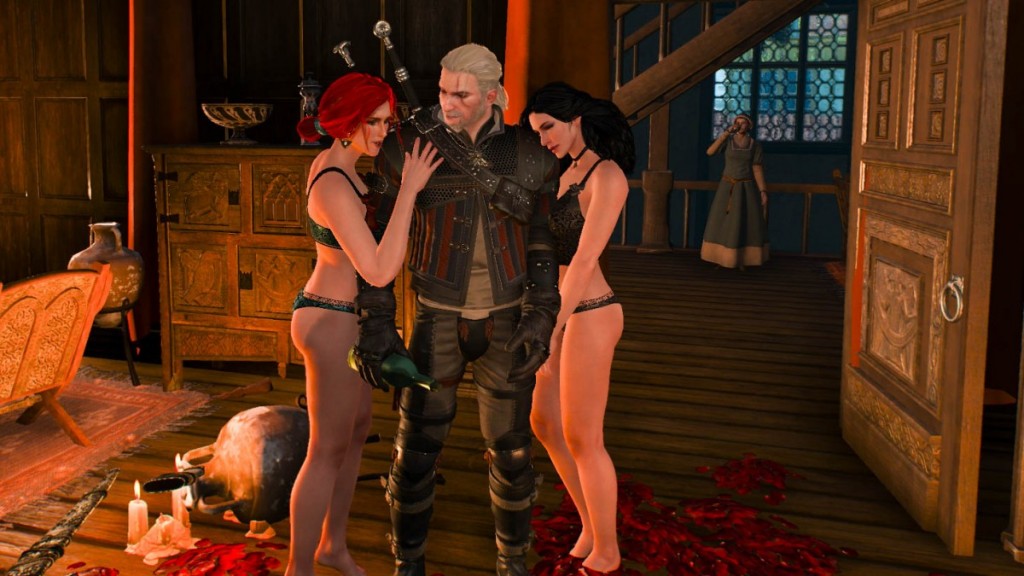
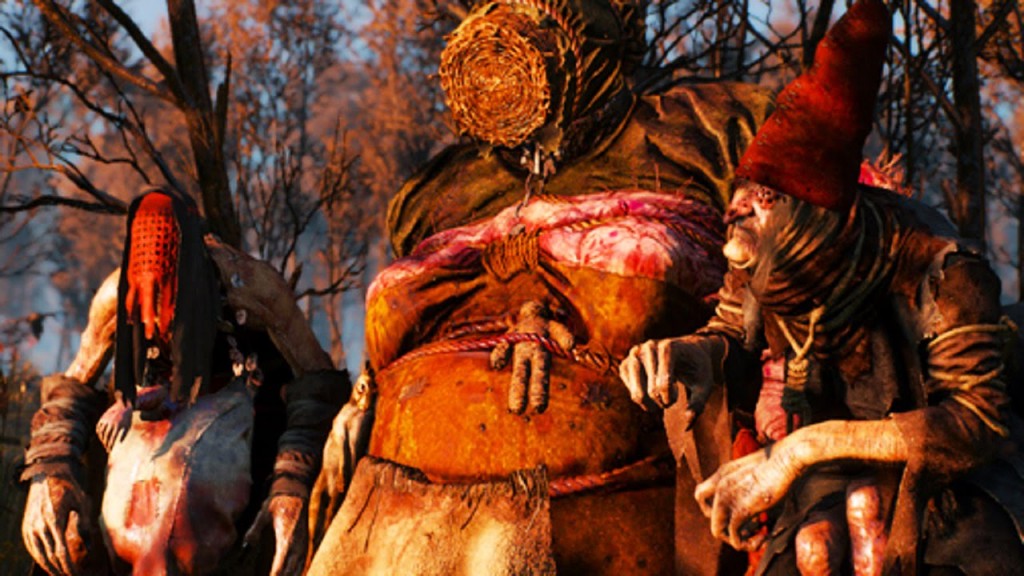
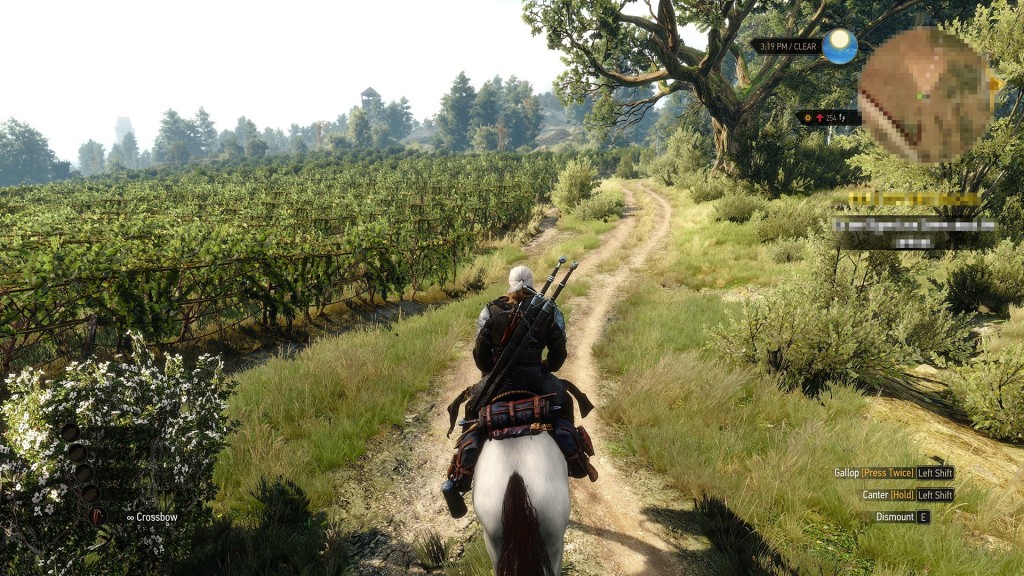
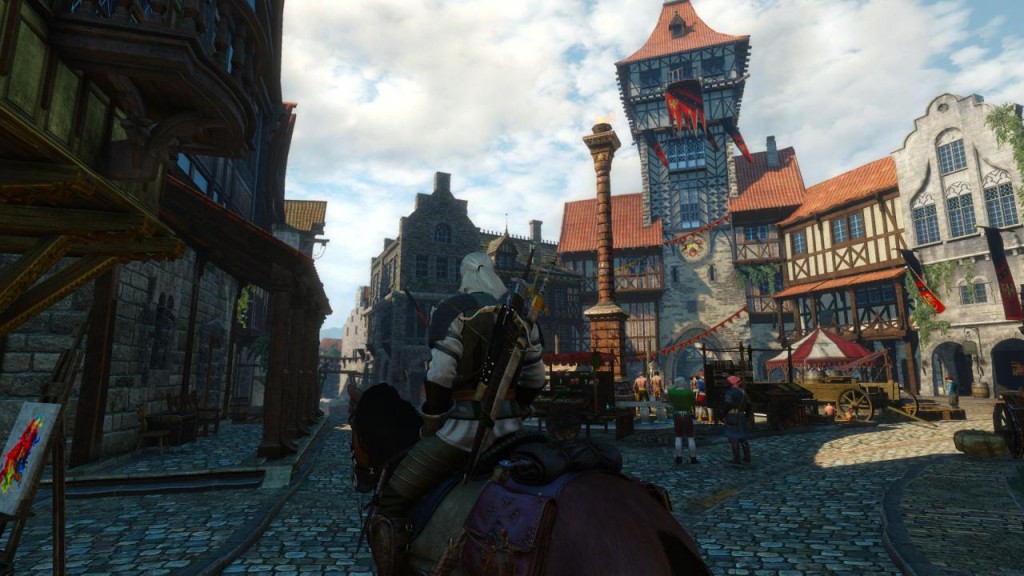
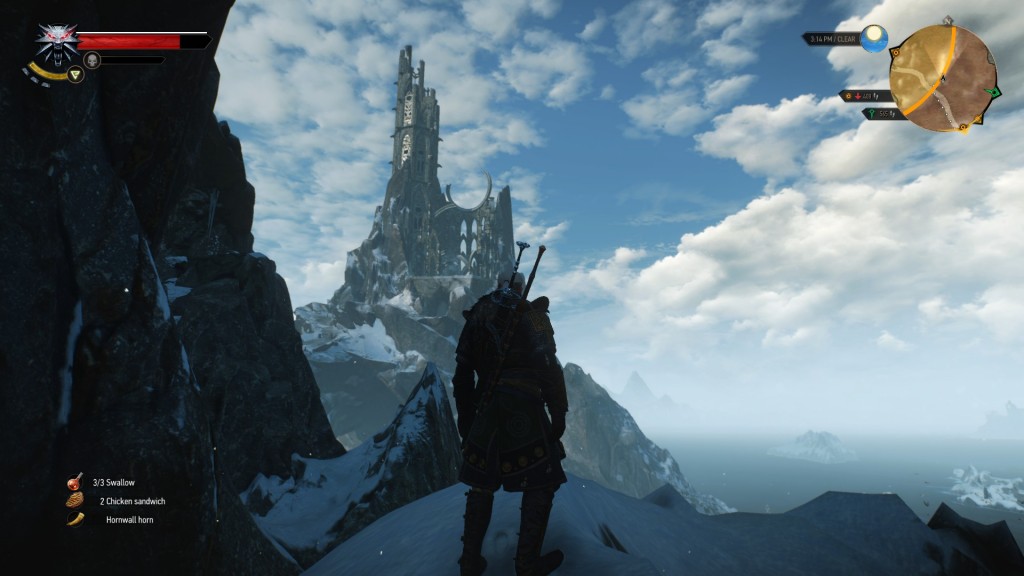
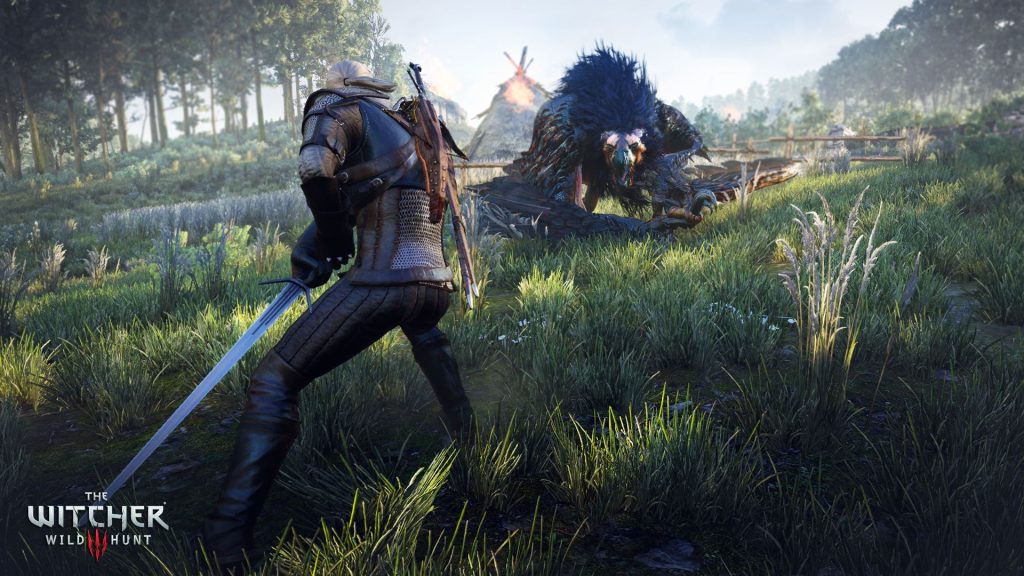
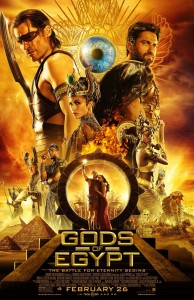
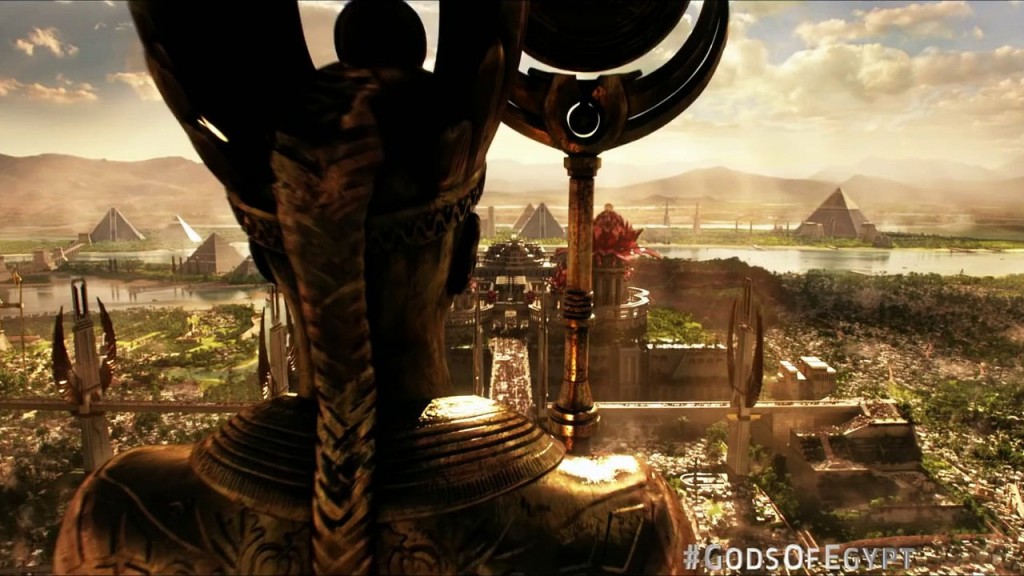

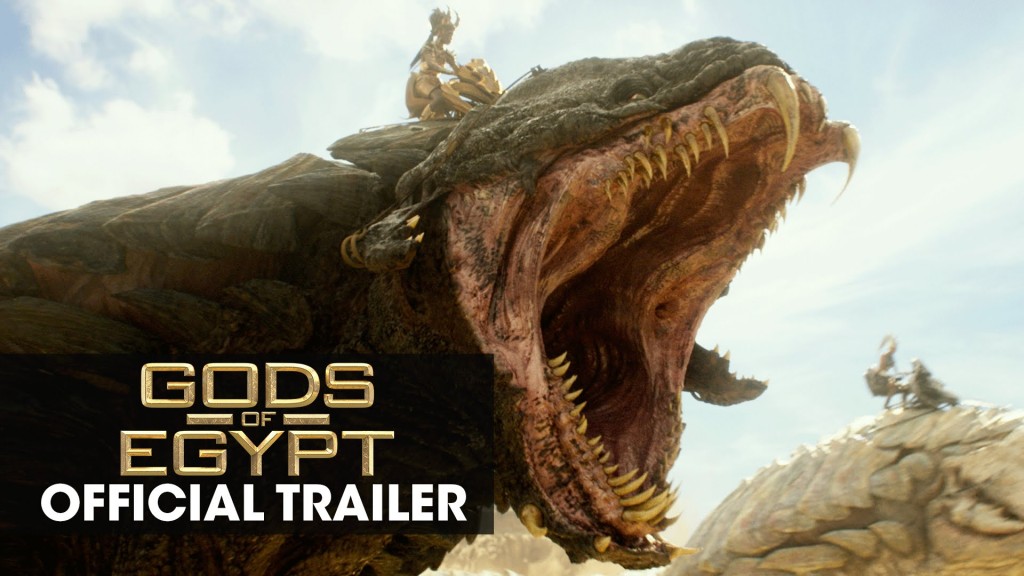
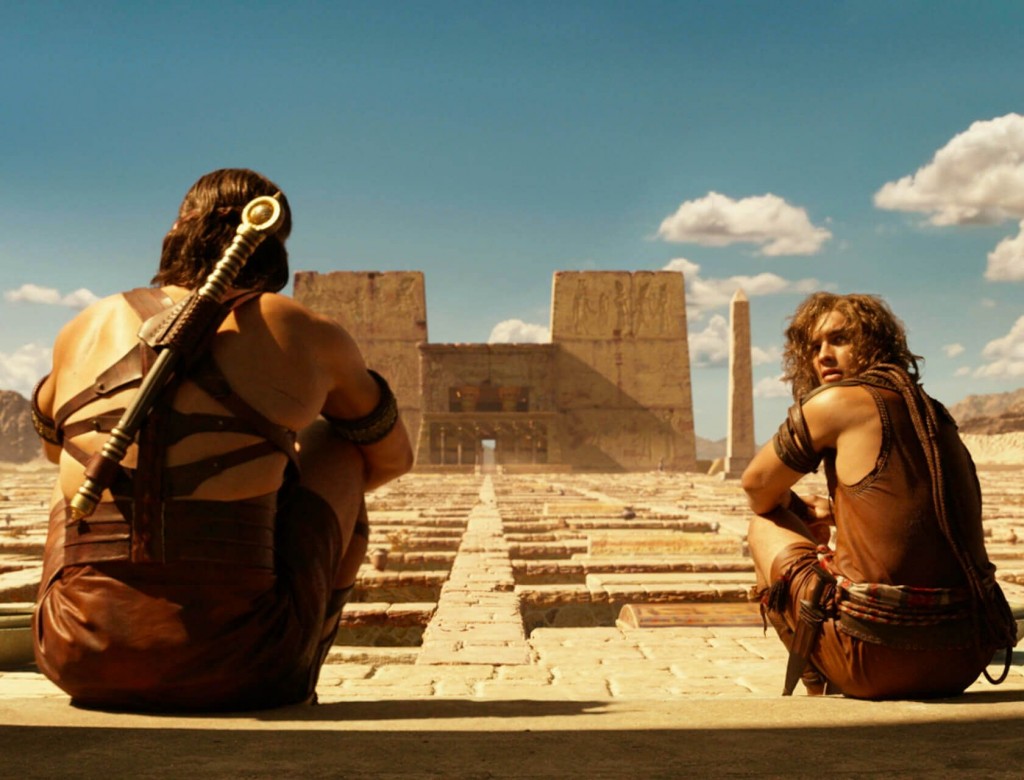
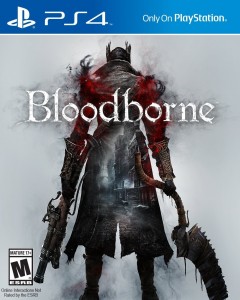
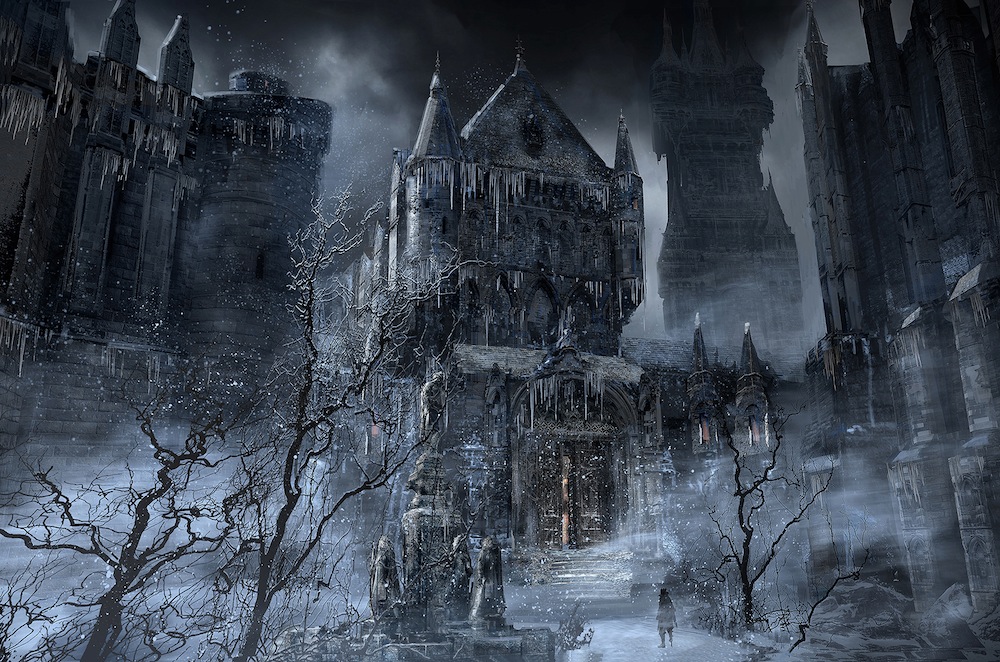 It’s just so deliciously creepy and mythological. Really. Dark Souls has a cool world feel and mythology, and there is significant overlap, but Bloodborne really takes it all to the next level, elevating itself above mere video game (and it rocks in that department) to become a genuine work of art. Surely no chipper happy landscape painting, but a dark broody bloody 1911 horror novel of a game.
It’s just so deliciously creepy and mythological. Really. Dark Souls has a cool world feel and mythology, and there is significant overlap, but Bloodborne really takes it all to the next level, elevating itself above mere video game (and it rocks in that department) to become a genuine work of art. Surely no chipper happy landscape painting, but a dark broody bloody 1911 horror novel of a game.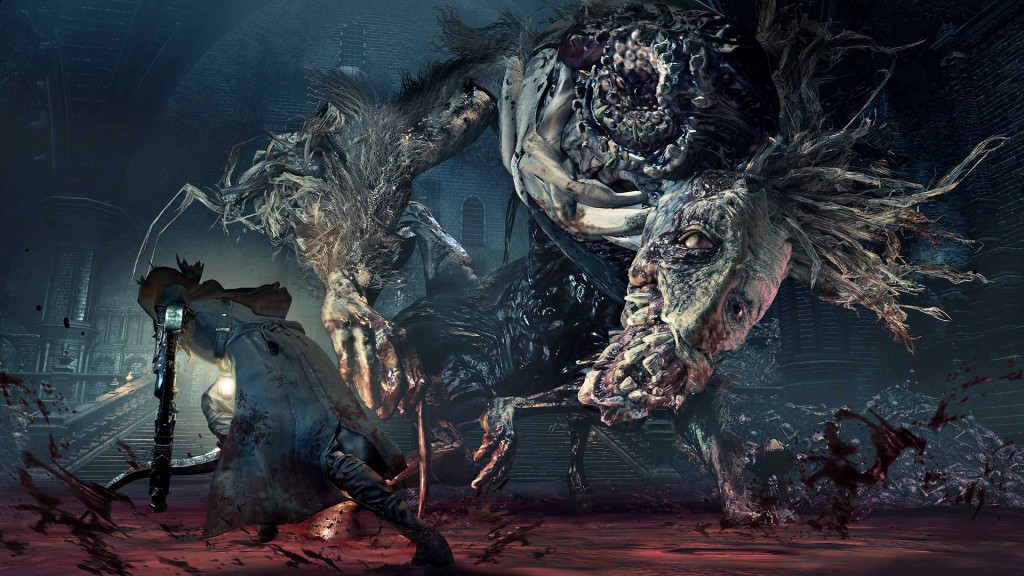 Which brings us to more fantastic points about Bloodborne, the gameplay. The sneaking around and the combat is really quite excellent. It’s extremely difficult, and very skill oriented, particularly the many many varied bosses. But the mechanics are intensely visceral and satisfying. The combinations of feel, exceptional animation, physics/collision driven hand to hand, and amazing art and sound design all serve to enhance the effect. Every strike is satisfying.
Which brings us to more fantastic points about Bloodborne, the gameplay. The sneaking around and the combat is really quite excellent. It’s extremely difficult, and very skill oriented, particularly the many many varied bosses. But the mechanics are intensely visceral and satisfying. The combinations of feel, exceptional animation, physics/collision driven hand to hand, and amazing art and sound design all serve to enhance the effect. Every strike is satisfying.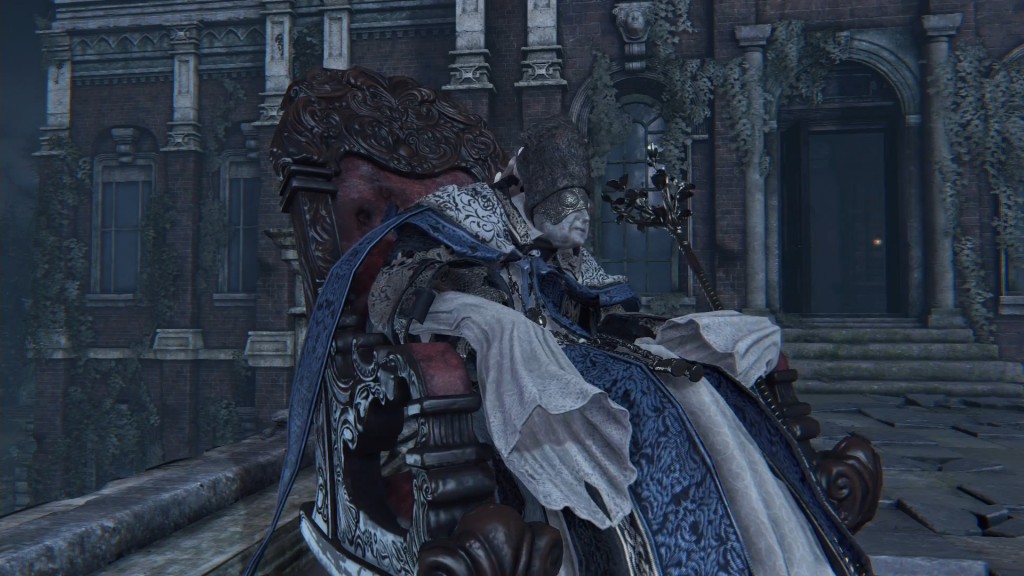 The meta game is excellent too. At first I though it cryptic and the investments of blood echoes into levels of little apparent goal. However, I found that Bloodborne is actually a satisfyingly easy game to grind. Having trouble with a boss? Well, there are two options: read up on strategy and practice, or level up and practice — actually, you pretty much have to do both. The game doesn’t discourage a bit of grinding, and rarely makes it take that long. Plus the combat is so satisfying that even killing a room full of monsters over and over again is fun. 15 minutes of grinding will often earn you a level or two. Grinding up weapon upgrade “stones” and gems works pretty well too.
The meta game is excellent too. At first I though it cryptic and the investments of blood echoes into levels of little apparent goal. However, I found that Bloodborne is actually a satisfyingly easy game to grind. Having trouble with a boss? Well, there are two options: read up on strategy and practice, or level up and practice — actually, you pretty much have to do both. The game doesn’t discourage a bit of grinding, and rarely makes it take that long. Plus the combat is so satisfying that even killing a room full of monsters over and over again is fun. 15 minutes of grinding will often earn you a level or two. Grinding up weapon upgrade “stones” and gems works pretty well too.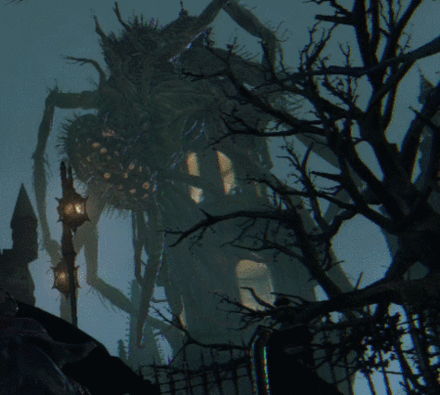
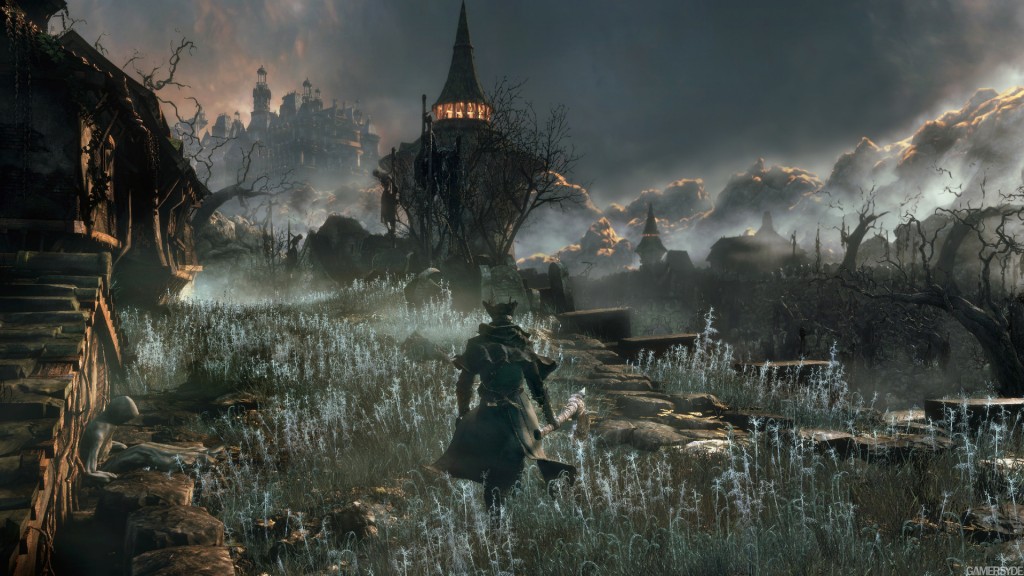 Let’s talk about atmosphere. Bloodborne is Japanese Gothic, with a kind of vaguely european, vaguely 18th or 19th century vibe. Creepy cities, leather, top hats, blunderbusses, werwolves, and all that. It’s a gorgeous gorgeous kind of dark game. Excellent and moody visuals and soundscape.
Let’s talk about atmosphere. Bloodborne is Japanese Gothic, with a kind of vaguely european, vaguely 18th or 19th century vibe. Creepy cities, leather, top hats, blunderbusses, werwolves, and all that. It’s a gorgeous gorgeous kind of dark game. Excellent and moody visuals and soundscape.